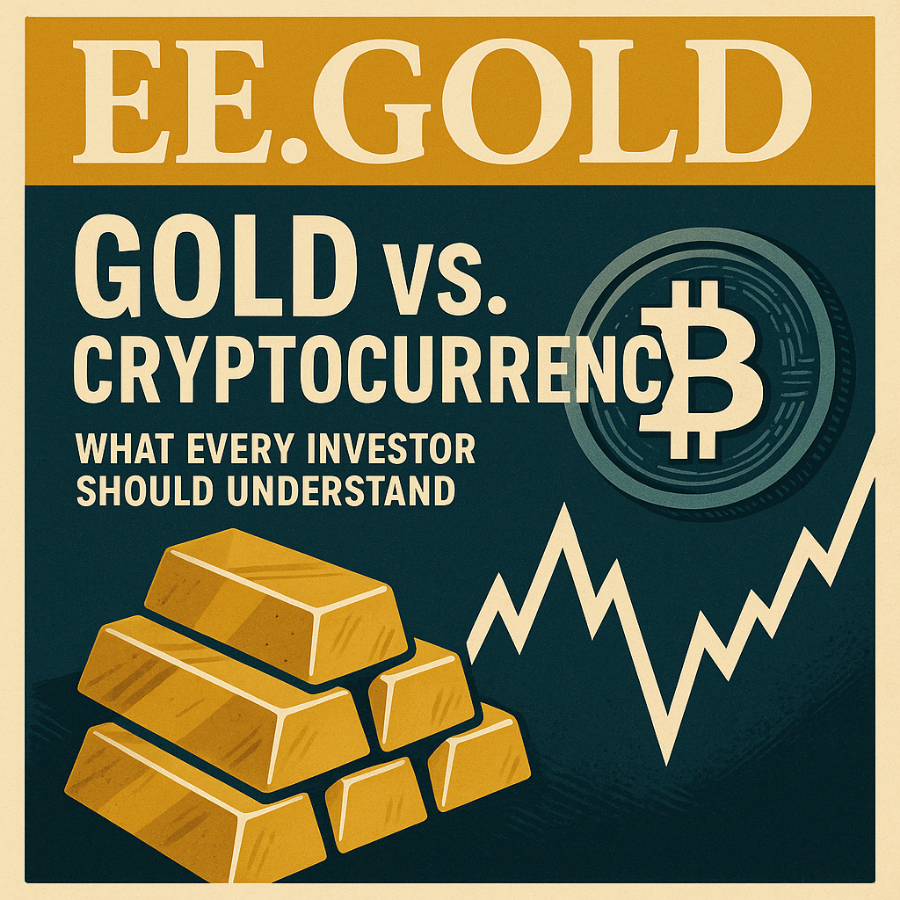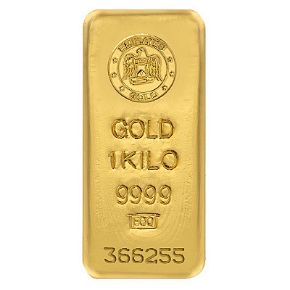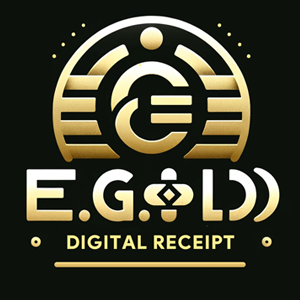
The debate between gold and cryptocurrency has become one of the most fascinating discussions in modern investing. Both represent alternatives to traditional fiat money, both attract strong opinions, and both play unique roles in a diversified portfolio. Yet while they share certain similarities, they differ dramatically in history, stability, and purpose.
The Case for Gold
A Timeless Store of Value
Gold has been used for thousands of years as a form of money, a store of value, and a hedge against inflation. Its intrinsic worth, scarcity, and universal acceptance make it one of the most trusted assets in times of uncertainty.
Stability in Crises
When markets tumble, gold often shines. Investors traditionally turn to gold as a “safe haven” during economic downturns, geopolitical instability, or inflationary periods. Its track record of resilience makes it a core component in long-term wealth preservation.
Physical and Tangible
Unlike digital currencies, gold is a physical asset. Investors can hold it in bars, coins, or jewelry. While this requires secure storage, the tangibility of gold provides psychological and financial reassurance.
The Case for Cryptocurrency
High Growth Potential
Cryptocurrencies like Bitcoin and Ethereum have generated enormous wealth for early adopters. Their volatility creates risks, but it also offers opportunities for significant short-term gains—something gold rarely provides.
Decentralization and Innovation
Crypto assets operate outside the control of central banks and governments, appealing to those seeking independence from traditional financial systems. Blockchain technology also underpins a wave of innovation across industries.
Digital and Borderless
Unlike gold, cryptocurrencies can be transferred globally in seconds. This makes them a powerful tool for borderless finance, remittances, and global transactions without relying on intermediaries.
Key Differences Investors Must Understand
Volatility vs. Stability: Crypto is highly volatile, capable of dramatic price swings within hours. Gold, in contrast, offers stability with modest long-term gains.
Track Record: Gold has a proven history stretching back millennia. Crypto is just over a decade old, making it untested during major long-term economic cycles.
Liquidity: Both assets are liquid, but crypto markets operate 24/7, while selling gold may involve dealers, vaults, or banks.
Regulation: Gold is universally recognized and regulated, while cryptocurrencies face ongoing uncertainty, with regulations differing across countries.
A Balanced Approach
Gold and cryptocurrency don’t need to compete—they can complement each other. Gold secures wealth through stability, while crypto offers growth potential through innovation and risk. For many investors, the smartest strategy lies in diversification: using gold as a safeguard and cryptocurrency as a growth engine.
NOTE
This Content is the copyrighted content of EE.GOLD. All rights are reserved. You are welcome to share or use our content only by including direct links to our website. Any other form of reproduction, distribution, or use without proper attribution is strictly prohibited.
This Content is intended solely for educational purposes. The information provided does not constitute financial or investment advice.
Please note that Digital Storage Receipt, Secure Storage Solutions, and Physical Gold Sales are the only services offered by EE.GOLD.
We strictly adhere to government regulations and are firmly against all illegal financial or investment activities globally.
For further inquiries, feel free to contact us through our official channels.










.png)

